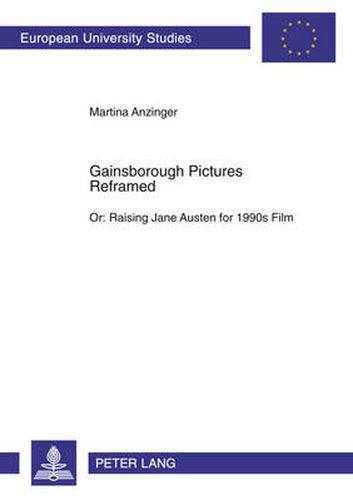Readings Newsletter
Become a Readings Member to make your shopping experience even easier.
Sign in or sign up for free!
You’re not far away from qualifying for FREE standard shipping within Australia
You’ve qualified for FREE standard shipping within Australia
The cart is loading…






In the 1990s U.S. and British adaptations of Jane Austen novels enjoyed unprecedented popularity. To find out why, one has to revise and go beyond what has dominated in the discussion of these films: the fidelity-to-the-novel-discourse and the influence-of-national-cinema-discourse. Thus, in this book film theory, film history, various kinds of film analysis (structural, feminist, Marxist) and literary analysis are combined. From these angles, the 1990s and previous Austen films are studied and compared, two of them in detail: the 1995 U.S. feature film Sense and Sensibility and the 1995 British telefilm Persuasion. This analysis shows: the 1990s Austen films, though reflecting certain features of British and Hollywood cinema and not greatly deviating from the novels, are independent works of art; also, they are products of their time, displaying, for instance, a liberal feminist attitude and criticism of class distinctions.
$9.00 standard shipping within Australia
FREE standard shipping within Australia for orders over $100.00
Express & International shipping calculated at checkout
In the 1990s U.S. and British adaptations of Jane Austen novels enjoyed unprecedented popularity. To find out why, one has to revise and go beyond what has dominated in the discussion of these films: the fidelity-to-the-novel-discourse and the influence-of-national-cinema-discourse. Thus, in this book film theory, film history, various kinds of film analysis (structural, feminist, Marxist) and literary analysis are combined. From these angles, the 1990s and previous Austen films are studied and compared, two of them in detail: the 1995 U.S. feature film Sense and Sensibility and the 1995 British telefilm Persuasion. This analysis shows: the 1990s Austen films, though reflecting certain features of British and Hollywood cinema and not greatly deviating from the novels, are independent works of art; also, they are products of their time, displaying, for instance, a liberal feminist attitude and criticism of class distinctions.